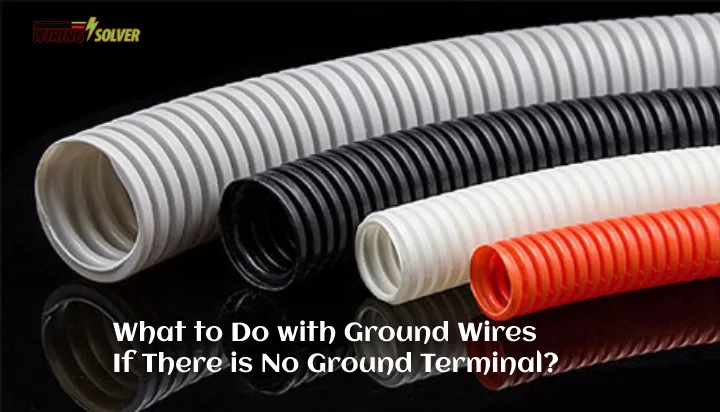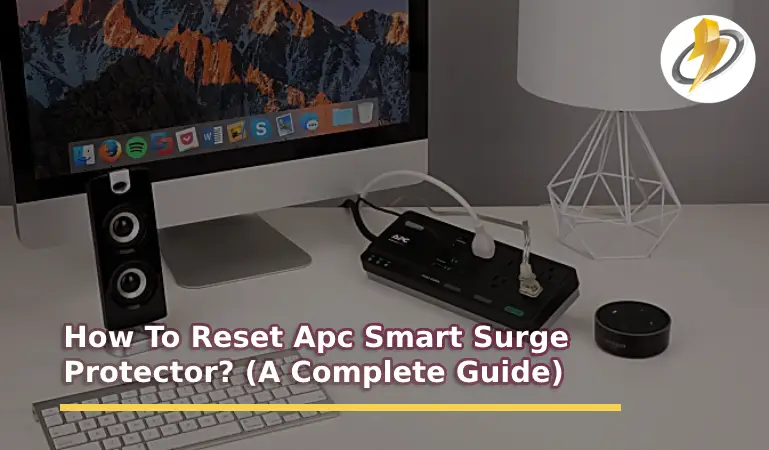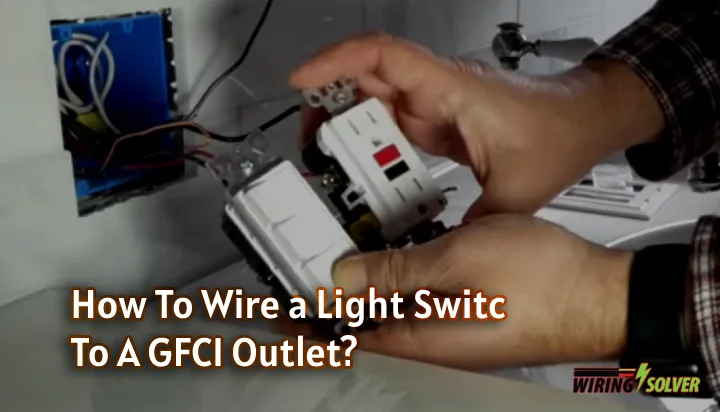Low voltage between hot and neutral wires is a common problem faced by homeowners. It can cause a range of issues, from reduced performance of appliances to tripped circuit breakers.
There may be several underlying causes behind the low voltage issue. The first an d foremost step is to properly identify the root cause of the problem. These can be corroded wires, faulty wiring, circuit interruptions and so on. After detecting the issue, you can move on to the fix.
If you’re struggling with low voltage between hot and neutral wires, you’ve come to the right place. Get ready to take the first step towards a more stable and reliable electrical system in your home.
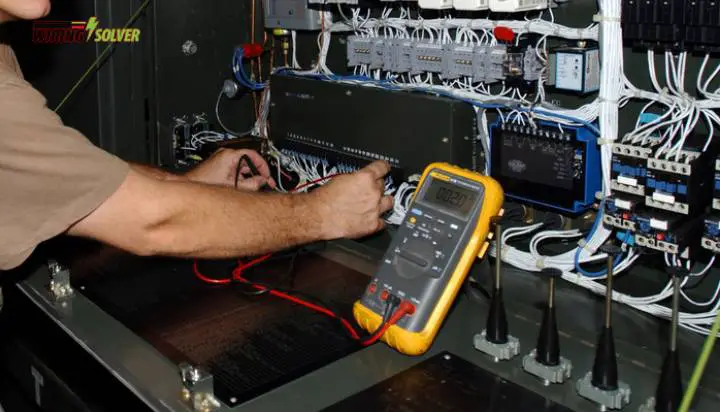
What Are the Causes of a Low Voltage Between Hot and Neutral?
As stated above, the causes can vary from circuit to circuit. Such as faulty wiring, corroded wires, circuit interruptions, etc. I will discuss most of these causes below.
1. Corroded Wires:
If you are reading a lower voltage between the hot and neutral terminals of your outlet, you might have to open it up and check the wires.
If the wire terminals are corroded, they have trouble conducting electricity. This causes the voltage to drop below the normal level.
2. Faulty Wiring:
If the wiring between your circuits is somehow wrongly installed, you might see a voltage drop. It is very risky if the live wire is somehow intervened by another conductor. And has to be resolved as soon as possible.
3. Circuit Interruptions:
If you are measuring the wires at the end or middle of a circuit, while there is another circuit operating on the same circuit situated closer to the source, it is only natural that you will see a voltage drop.
A common question many people have is, does the neutral wire carry current? Yes, by taking it back into the source to create a complete circuit.
4. Overloading:
If the circuit you are measuring, is already supplying power to a lot of other devices, it will see a drop in power. And it is normal. But overloading may not be good for your appliances, as they will have to work on a lower voltage.
These are some of the most common causes of a low voltage between hot and neutral. Why am I only getting 20v at my wire connection? The issue might be one of the above.
How Can I Identify Low Voltage Issues in My Home?
Low voltage between hot and neutral wires can manifest in a variety of ways, making it important to know what to look for. Here are some common signs of low voltage in your home:
Signs of Low Voltage in a Household:
- If the lights in your home flicker or dim when appliances are turned on, it could be a sign of low voltage.
- Low voltage can cause appliances to perform poorly, such as refrigerators not cooling effectively or slow cooking times for your stove.
- If you find that circuit breakers are tripping frequently, it could be due to low voltage.
- If you experience a mild shock when touching electrical appliances or fixtures, it could be a sign of low voltage.
- Power outages, especially during peak usage times, can be a sign of low voltage.
If you suspect that you may have low voltage in your home, it is important to take steps to resolve the issue. If you are unsure of how to do so, or if the problem seems particularly complex, it may be necessary to call a professional electrician.
In order to diagnose low voltage issues in your home, it may be helpful to invest in a voltage tester.
These tools are inexpensive and easy to use, allowing you to quickly and accurately measure the voltage in your home. If you find that the voltage is indeed low, you can then take steps to resolve the issue.
Remember, low voltage is a serious issue that can cause damage to your electrical system and appliances, as well as pose a safety risk.
If you suspect that you may have low voltage in your home, take action to resolve the problem promptly to ensure that your electrical system is functioning at its best.
How to Fix Low Voltage Between Hot and Neutral?
As fixes are often pretty simple. But they will also vary based on the issue. I will talk about how to resolve these issues below.
- Corroded Wires: If you do not use good-quality wires, they will corrode over time. And corroded wires are not very conductive. Hence the low voltage. In such a case, you have to replace the entire wire or only the part that is corroded.
- Faulty Wiring: In such a case, you must track the entire circuit to ensure that all the wires are connected to the accurate terminals. If not, you have to disconnect the faulty connection and connect it to the accurate terminal.
- Circuit Interruptions: If the circuit is interrupted midway by another outlet, or a load, you will read a lower voltage. If you wish to increase the voltage on the same wires, you might have to attach it to a different circuit from the mains.
- Overloading: To increase the voltage in an overloading case, you just simply have to remove the other loads and appliances draining power from the same outlet. That should increase the voltage being supplied to the outlet.
Summary
In conclusion, low voltage between hot and neutral wires is a widespread issue that can cause significant problems in your home. By understanding the causes and taking the steps to resolve it, you can ensure that your electrical system is functioning at its best.
The key is to be proactive and address the issue promptly. Remember, a stable and reliable electrical system is essential for the safety and comfort of your home. With the right tools, knowledge, and approach, you can solve the low voltage problem and enjoy a worry-free electrical experience.

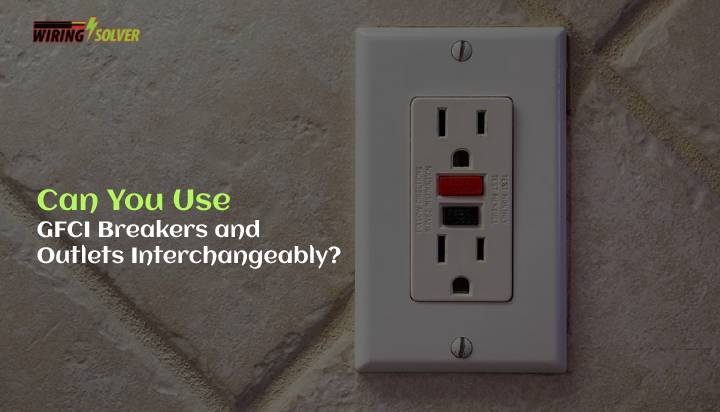
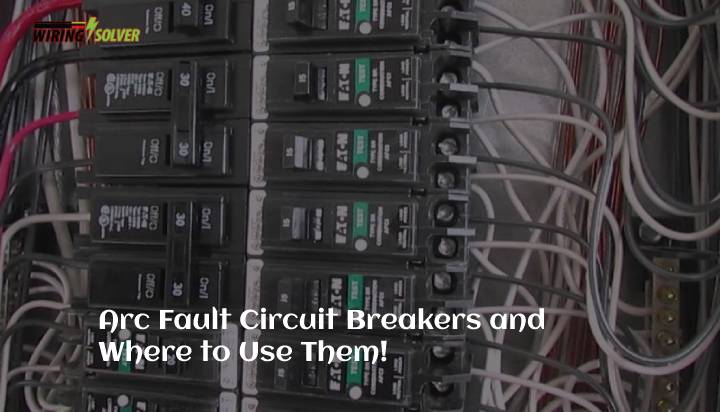
![How Many Ways Can You Wire a 3-Way Switch? [Diagram & Details]](https://wiringsolver.com/wp-content/uploads/2021/10/How-Many-Ways-Can-You-Wire-a-3-Way-Switch.webp)
